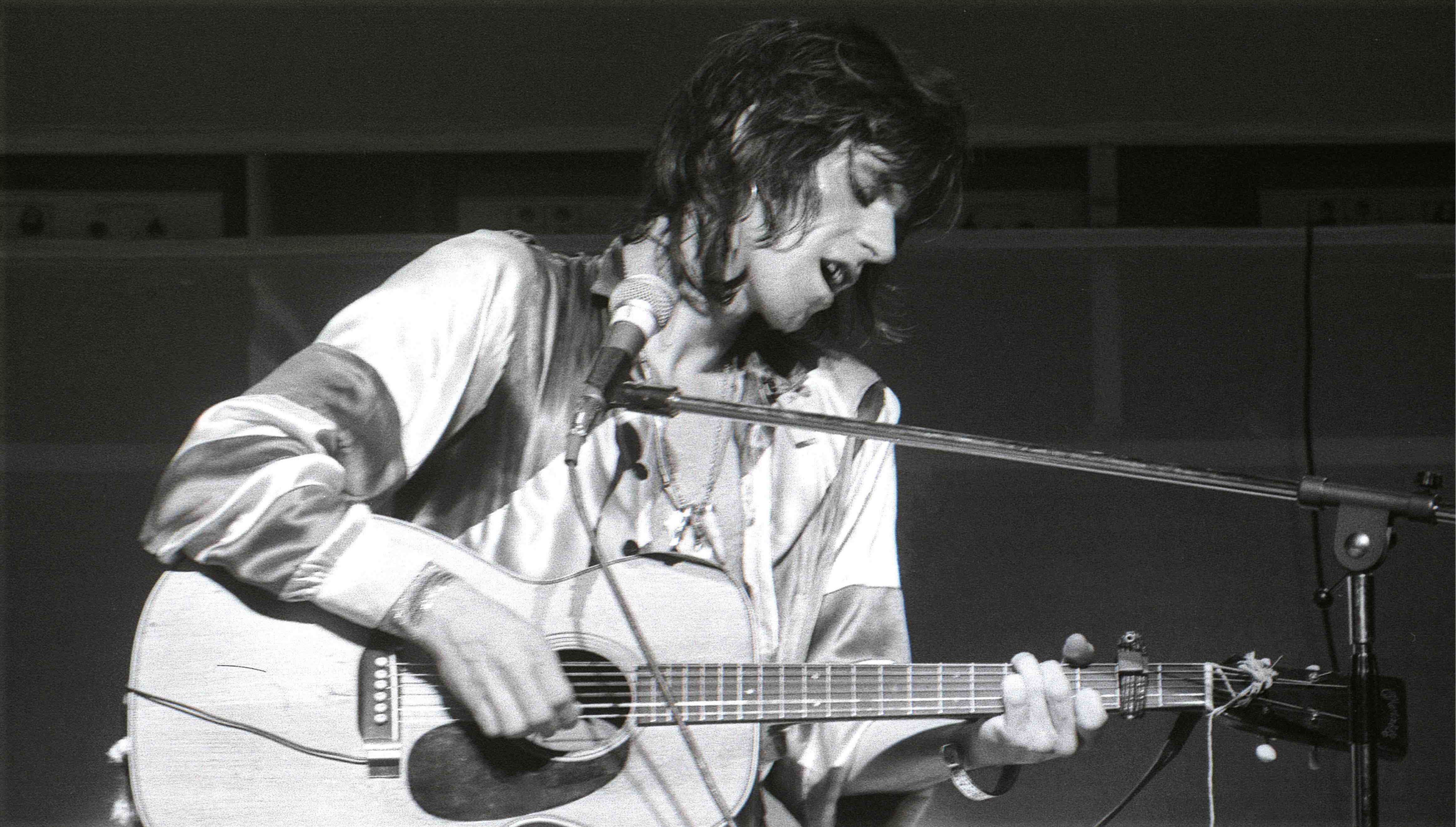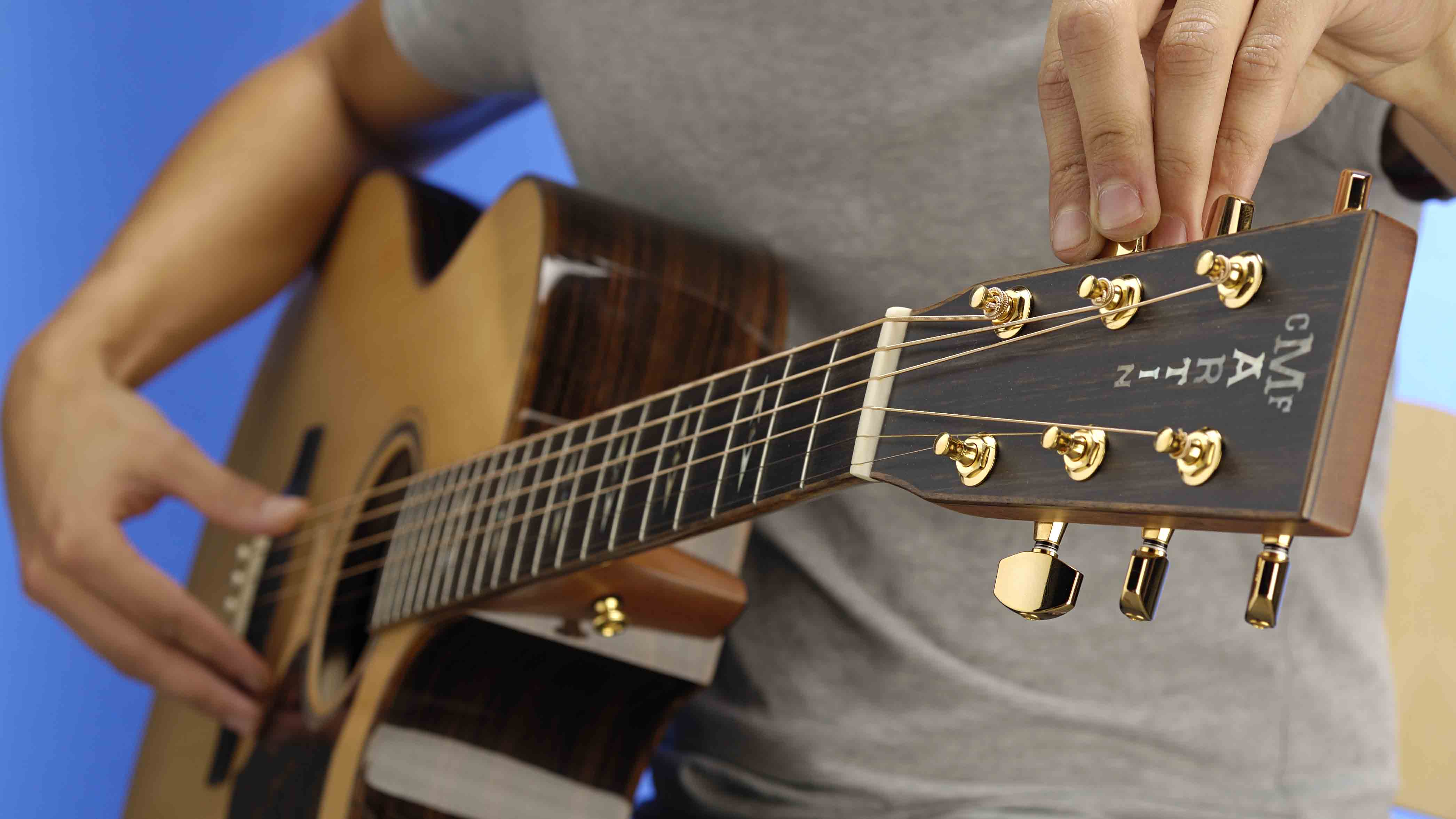The Rolling Stones are one of the most famous bands in guitar history, but that doesn't stop the persistent myths and mysteries around them – and one involves the tuning of the much-loved closing track to 1969's Let It Bleed album.
Keith Richards' rhythm part on the song You Can't Always Get What You Want has been the subject of conjecture amongst guitar playing Stones fans for years. It isn't C and F chords, and it apparently isn't Keef's usual open G with the bottom string removed. Now one man believes he's cracked it.
LA-based pro guitarist Jon MacLennan says he has spent “hours and hours and hours” listening to the recording in order to figure out exactly what Keef is doing on the studio track. Because the man himself has never told us.
“I’ve seen every YouTube video, all the sheet music books, I’ve scanned the forums, interviews," says MacLennan. "I can’t find any interview about Keith Richards talking about what he did to make this sound.
“Many people say it is in open E with a capo on the 8th fret," he adds. "This tuning sounds slightly like the recording, but it transfers the chords that Keith plays down to a thicker string. Unfortunately, this really changes the timbre of the fills.
With other methods, you don’t get that doubled high string, which is only heard when Keith strums through to the high E strings
"With other methods, you don’t get that doubled high string, which is only heard when Keith strums through to the high E strings. That’s what gives the guitar a chorusing 12-string sound at moments. Another theory is that the guitar is tuned to open G, a staple of Keith’s playing, but this method is actually using a G6 – a slight variation from open G."
MacLennan has devised a way players can create the sounds by blending a six- and 12-string. So yes, you need a 12-string. Hey, we never said it would be straightforward!
Want all the hottest music and gear news, reviews, deals, features and more, direct to your inbox? Sign up here.

Here's his five-step method:
1. Start with a 12 string guitar, and remove all doubled strings except for the doubled high E string. This gives you a six-string guitar with doubled high E strings – which is a total of seven strings
2. Remove low E string completely. Now you should have a total of six strings
3. Tune the A string down one whole step to G
4. Add a capo on the 5th fret
5. Your final tuning should read (with the capo) CGCEAA

The guitarist demonstrates it all in the video above and we have to hand it him for dedication.
For more info on MacLennan's work as a Fender Play instructor, solo artist and session guitarist head to jonmaclennan.com

Rob is the Reviews Editor for GuitarWorld.com and MusicRadar guitars, so spends most of his waking hours (and beyond) thinking about and trying the latest gear while making sure our reviews team is giving you thorough and honest tests of it. He's worked for guitar mags and sites as a writer and editor for nearly 20 years but still winces at the thought of restringing anything with a Floyd Rose.